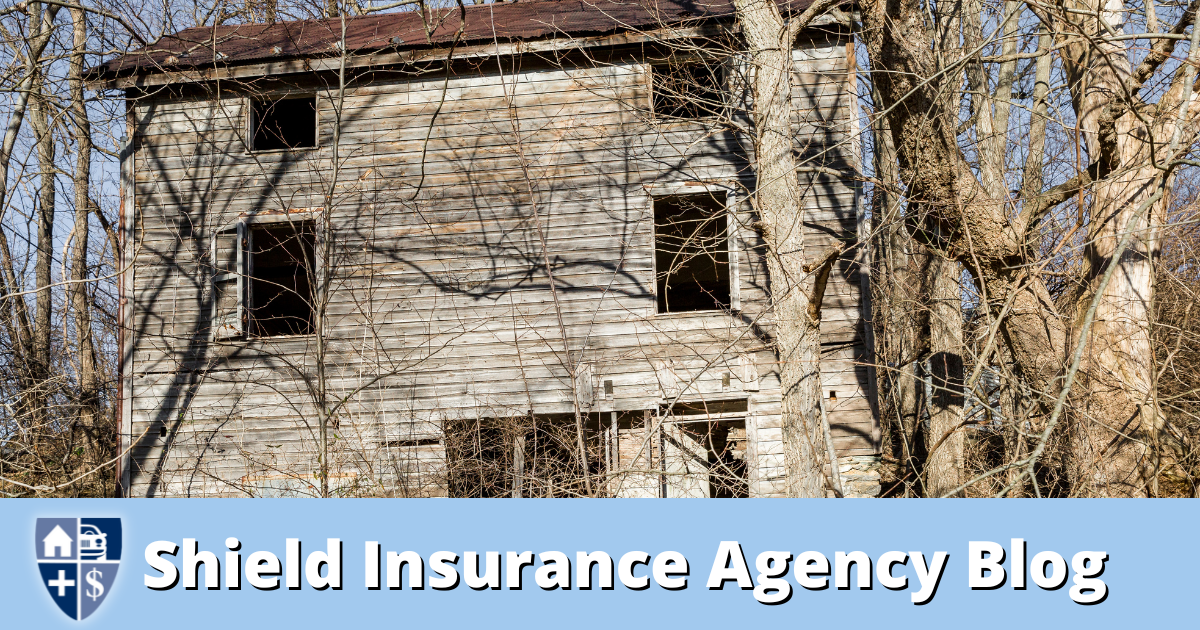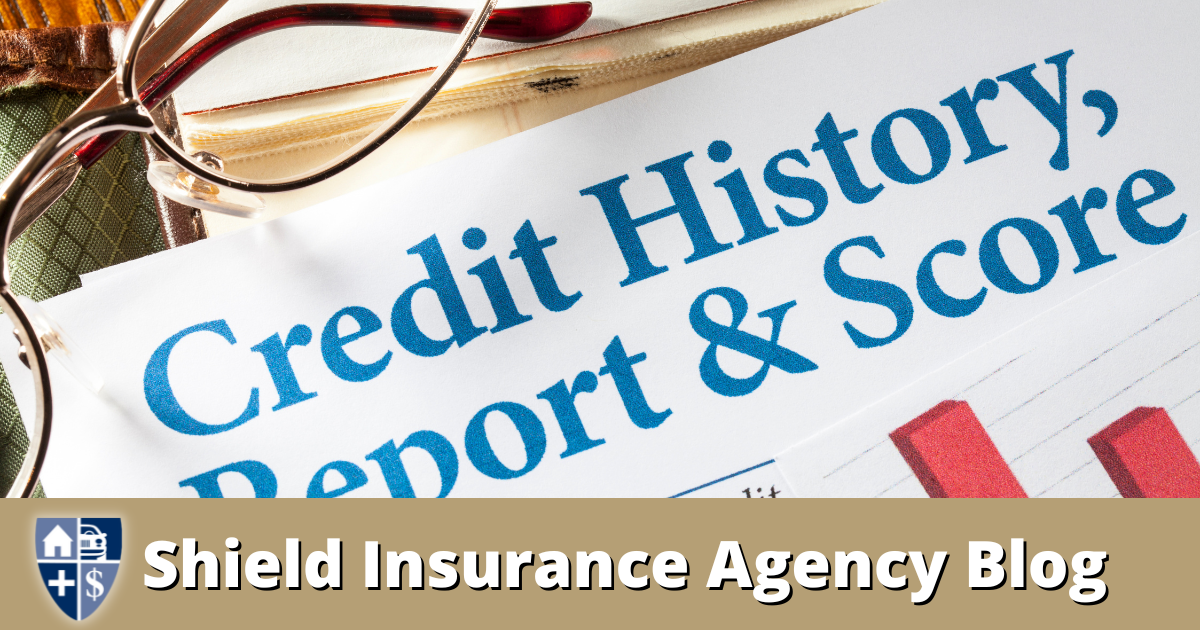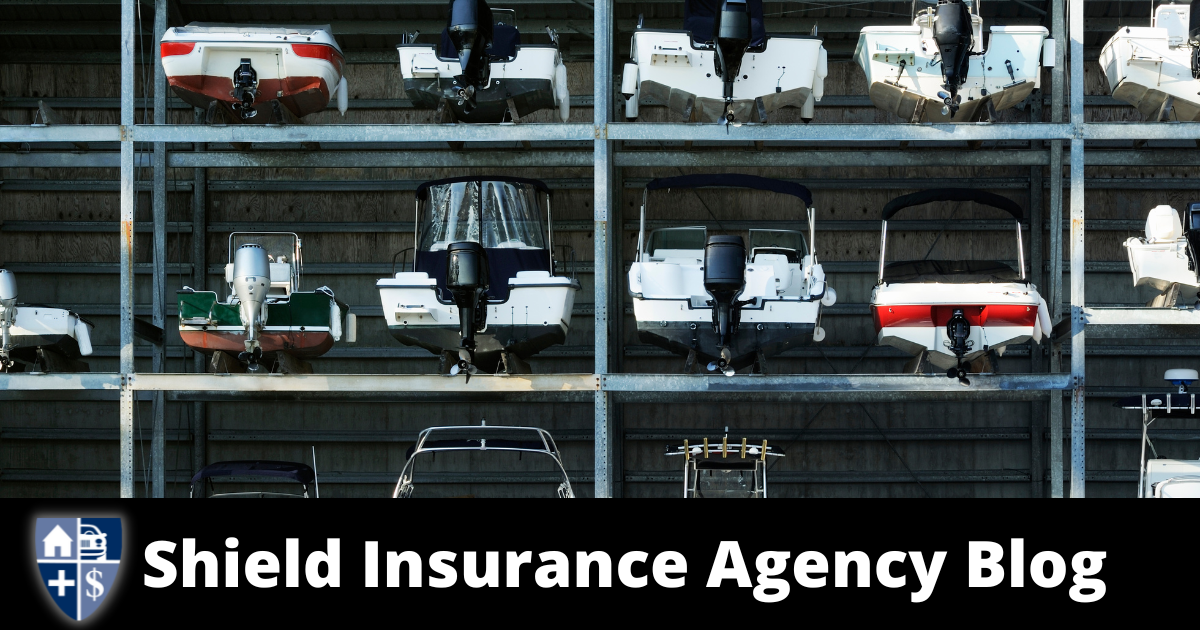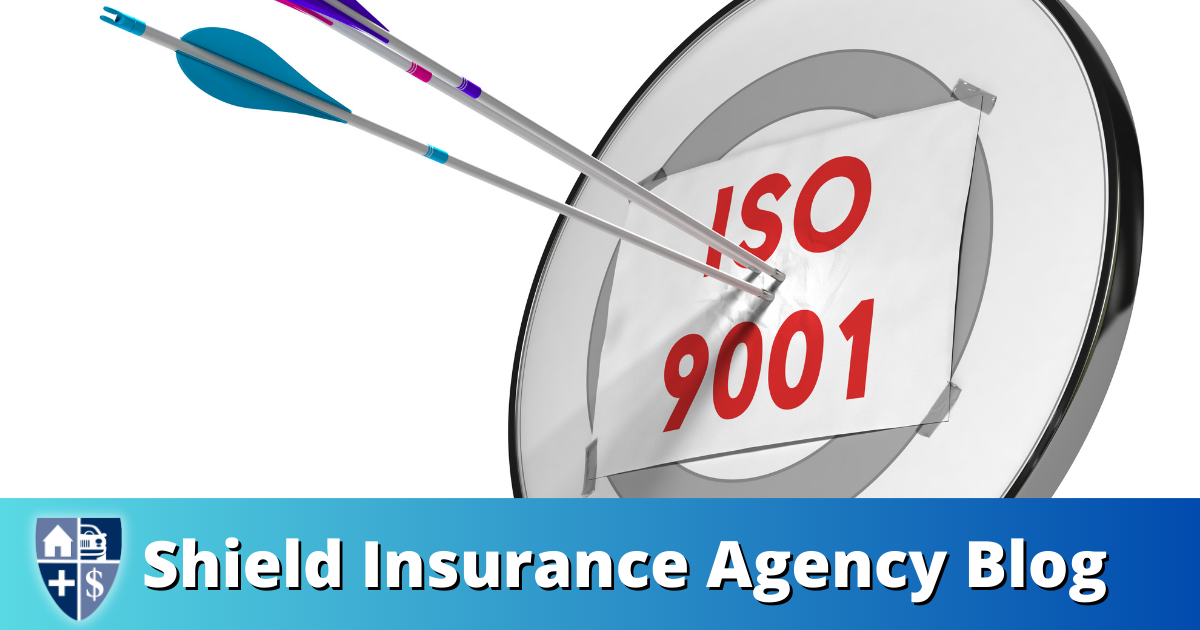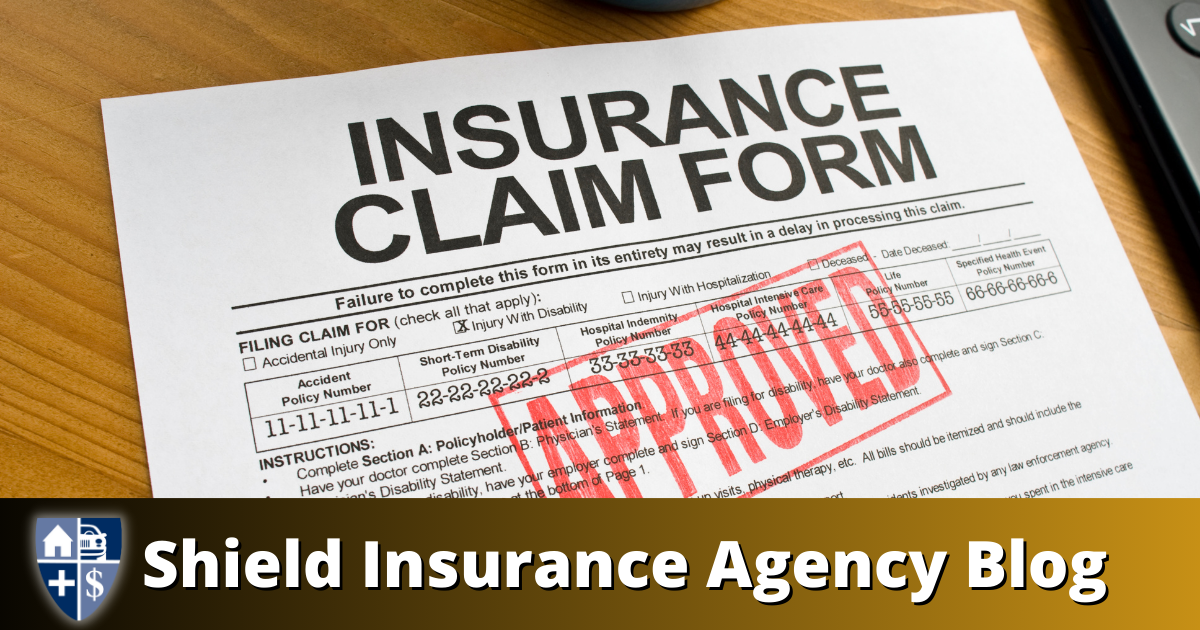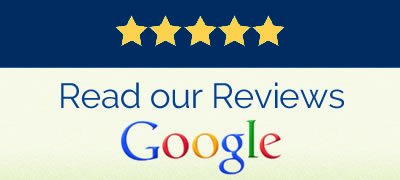
Discover the Ultimate Guide to Health Savings Account Setup!
Shield Insurance Agency Blog | Health Savings Account | Contact the Shield Health Insurance Agent.
Healthcare expenses can be a significant burden on your financial well-being. From medical bills to prescription costs, it’s no secret that healthcare can take a toll on your budget. However, there is a solution that can help you save money and plan for future medical expenses – a health savings account (HSA). In this blog post, we will explore the basics of setting up an HSA, its benefits, and provide you with some tips to get started.
Health savings account basics
Before diving into the setup process, let’s understand what a health savings account is and how it works. An HSA is a tax-advantaged savings account that allows you to set aside money for qualified medical expenses. It is available to individuals who have a high-deductible health insurance plan. The funds in an HSA can be used to pay for a wide range of medical expenses, including doctor visits, prescription medications, and even certain over-the-counter items.
Health savings account setup
Now that you have a basic understanding of what an HSA is, let’s discuss the steps to set up your own account. The process may vary slightly depending on your chosen financial institution, but here are the general steps:
- 1. Research and choose a financial institution: Start by researching different banks or credit unions that offer HSA accounts. Look for institutions that have low fees, good customer service, and a user-friendly online platform.
- 2. Check eligibility: Ensure that you are eligible for an HSA by having a high-deductible health insurance plan. The IRS sets specific requirements for the minimum deductible and maximum out-of-pocket expenses for qualifying plans.
- 3. Gather necessary documents: Once you have chosen a financial institution, gather the required documents to open an HSA. This may include your identification, proof of eligibility, and any other documents requested by the institution.
- 4. Complete the application: Fill out the application form provided by the financial institution. Be sure to provide accurate information and review the terms and conditions of the account.
- 5. Fund your account: After your application is approved, you can start funding your HSA. You can contribute to your account through payroll deductions, direct deposits, or personal contributions. Remember, there are annual contribution limits set by the IRS, so be mindful of those.
Health savings account setup tips
Setting up an HSA can seem overwhelming, but with these tips, you’ll be on your way to financial health:
- 1. Understand your healthcare needs: Before opening an HSA, assess your healthcare needs and expenses. Consider your current medical conditions, prescription medications, and any upcoming procedures. This will help you determine how much to contribute to your HSA.
- 2. Research financial institutions: Take the time to research different financial institutions that offer HSA accounts. Compare fees, interest rates, and customer reviews to find the best fit for your needs.
- 3. Automate contributions: Set up automatic contributions to your HSA to ensure consistent savings. This will help you stay on track with your budgeting goals and ensure that you have funds available when needed.
- 4. Keep track of expenses: Maintain a record of your medical expenses and receipts. This will make it easier to track your HSA withdrawals and ensure that you are using the funds for qualified medical expenses.
Benefits of HSA
Now that you know how to set up an HSA, let’s explore the benefits it offers:
1. Tax advantages: Contributions to an HSA are tax-deductible, meaning you can reduce your taxable income. Additionally, any interest or investment gains within the account are tax-free.
2. Savings for the future: Unlike flexible spending accounts (FSAs), HSAs do not have a “use it or lose it” policy. Any unused funds in your HSA roll over from year to year, allowing you to save for future medical expenses or even retirement.
3. Investment opportunities: Some financial institutions offer investment options within your HSA. This means that you can grow your savings over time and potentially earn a higher return on your investment.
4. Control over healthcare expenses: With an HSA, you have more control over your healthcare expenses. You can choose how much to contribute when to use the funds, and which medical expenses to cover.
In conclusion, setting up a health savings account can be a smart financial move for anyone looking to save money on healthcare expenses. By understanding the basics, following the setup process, and utilizing the benefits, you can take control of your healthcare budget and plan for a healthier financial future.
Remember, Shield Insurance Agency represents over 45 insurance companies and can help you find the right health insurance plan to pair with your HSA. Contact Shield Insurance Agency at (616) 896-4600 for a free quote today or start the quoting process by visiting this LINK and an agent will be in touch soon.
Recent Blogs from Shield Insurance Agency
- What value comes with my renters insurance plan in Michigan?
- Navigating Michigan Auto Insurance: Understanding Collision Coverage
- Russ Cook Runs 385 Marathons In 352 Days, Becomes First Man To Run Entire Length Of Africa
- Life Insurance Demystified: Whole Life vs. Term Life – Which is Right for You?
- Restaurant’s Quest For Mystery ‘ French Fry Girl ‘ Ends In Heartwarming Discovery






